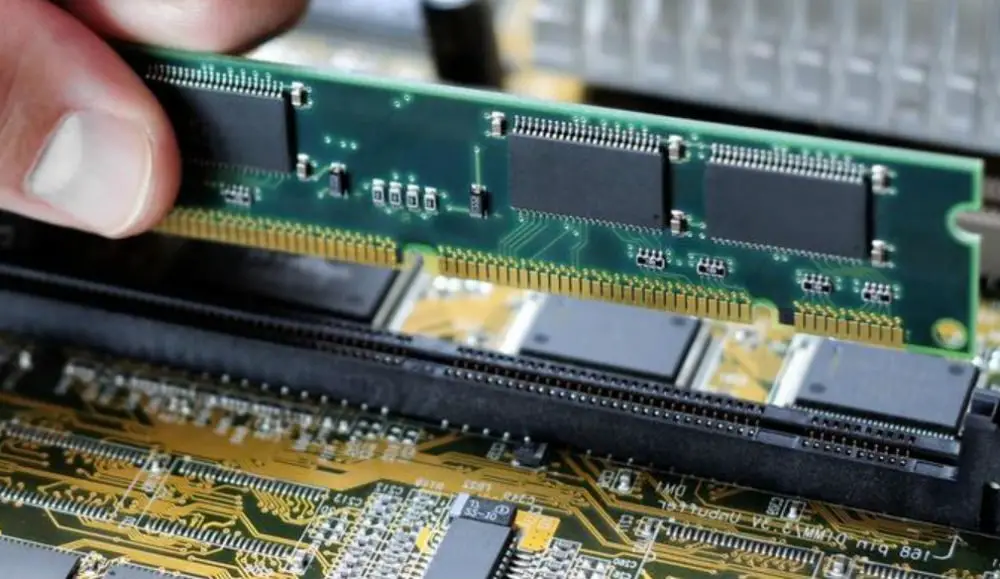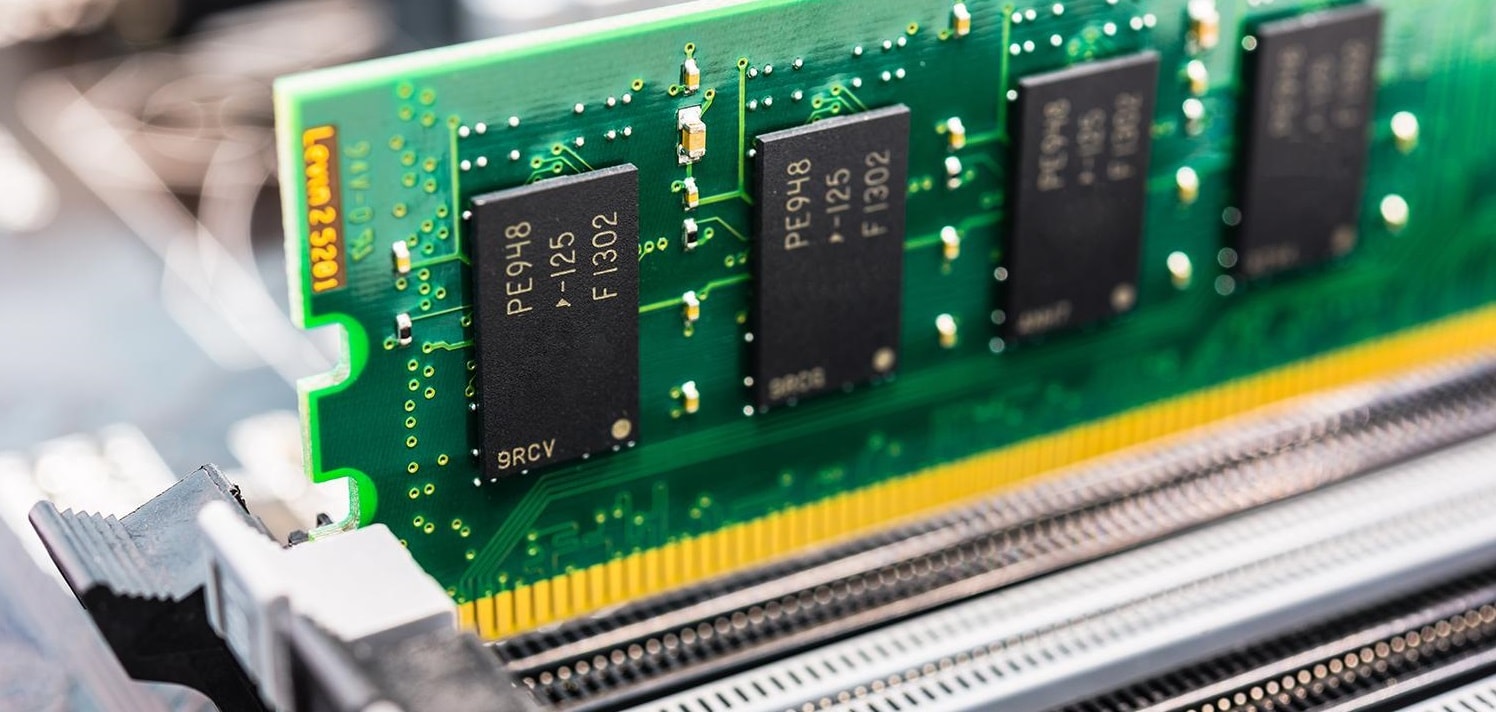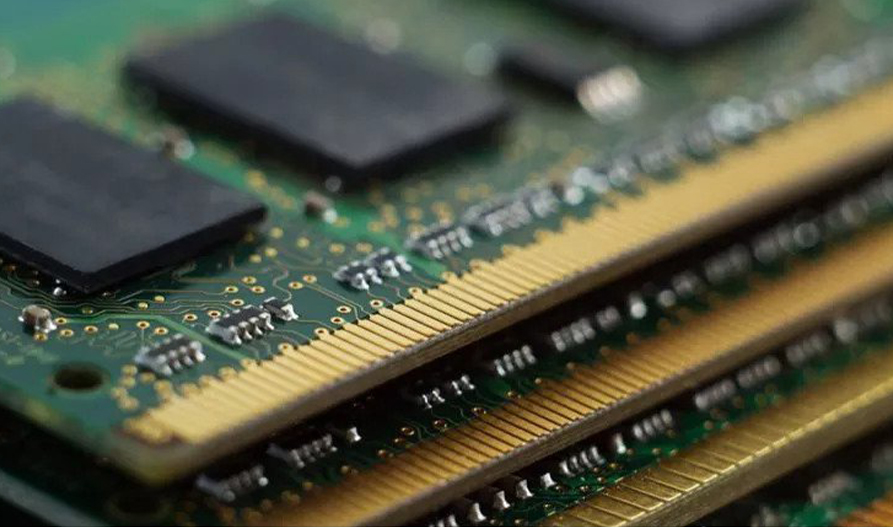If you don’t know how to check RAM capacity and speed on a PC, we are going to help you out. Given the important role that RAM memory plays in the operation of our PC, it is necessary to know the capacity of our PC’s RAM.
The RAM of our computer is the component where files are loaded when they are executed. If we want to edit an image with Photoshop, first the program will be loaded in RAM, and then the photo itself will be loaded. Therefore, having the necessary amount of RAM capacity in our system is a must.
Generally, nowadays and for the Microsoft Windows 10 operating system, the minimum amount of RAM recommended is 8GB. With this amount, we will not only be able to run our usual programs easily but we will also be able to play games that are not too demanding.
How to check RAM capacity and speed on a PC?
Windows Task Manager
If you do not want to use third-party programs, Windows 10 can tell you, not only the RAM capacity we have on our computer. It will also tell us its operating frequency.
First thing we will do is to open the Task Manager on our desktop. The simplest procedure is to click on the bottom taskbar of our screen and select “Task Manager“.

Then, we will select the “Performance” screen and, in the left part, look for the “Memory” section. You will see a graphical representation of the RAM consumption.
At the top, we can see the total amount of RAM installed on our computer. But, a little further down you can see how it also tells us the RAM speed, as well as the number of DIMMs we have installed on our motherboard.
How to check RAM capacity using third-party programs?
Obviously, using the Windows Task Manager is a simple and quick way to know the amount of RAM. But, in case we want to know more data about our RAM, we will have to use a third-party program.
A program like HWiNFO can give us all this data in a single screen. To do this, when you start the program, instead of selecting the “Sensors-only” option, we will select the “Summary-only” option, which will take us to the following screen.

On the lower right side, we will see all the data about our RAM. Another program that can serve you perfectly, is the CPU-Z. In this case, once the program is started, you will have to go to the “Memory” and “SPD” tabs to know all the data of the installed RAM.





